How to Choose Flooring That Compliments Your Lifestyle
Carpet. Hardwood. Tile. Just saying those words evoke feelings and emotions bubbling up inside you. That’s your personality shining through.
When you think about home, you have certain images come to mind. For some, it’s sleek and modern. For others, country charm, thank you very much. It’s home.
That’s how you know what flooring is right for you. You’ve seen it even before you shop. You know what flooring to choose because it compliments your lifestyle. It works for the way you live.
Why It’s Time To Update Your Flooring
You start shopping for new flooring for a reason.
You moved in a few years ago, knowing you’d eventually replace your flooring. Now is that time. You want to modernize and refresh the look. You’ve fallen in love with the layout, new flooring will only enhance the look.
Or maybe you’ve lived with this flooring for a while. There are some things you like, and some you don’t. Your current flooring is dingy, worn, and out-of-date. It’s hard to maintain – even vacuuming or cleaning won’t wash away the tired look.
For others, it’s more about functionality. You know there are more efficient ways to live. You’ve been dreaming of underfloor heating systems, and you need new flooring for that. Or maybe you won’t something easier to maintain; new flooring offers better features and benefits. Health benefits – old flooring doesn’t add to a healthy environment. What’s underneath?
No matter what you’re reasoning, you know it’s time. You’ve been planning for it. You’ve been saving for it. Now it’s time to make those dreams come true.
How To Choose The Right Flooring For Your Lifestyle
You have a few ideas in mind, but there’s still some uncertainty in mind. For many, buyer’s remorse is a real fear. What if you don’t like it after it’s installed? What if it doesn’t suit your needs?
 Whatever flooring you choose should be based on your family’s lifestyle and needs. If a flooring material is on the market, it’s a viable option for a household. It’s up to you to decide if it’s the right option for you.
Whatever flooring you choose should be based on your family’s lifestyle and needs. If a flooring material is on the market, it’s a viable option for a household. It’s up to you to decide if it’s the right option for you.
Let’s say you’re upgrading the flooring on your main living level. You know you want hardwood, but a little research has confused you. Should you stick with solid hardwood? Is engineered hardwood better? Or how about laminate or luxury vinyl planks? All can be great additions to a home.
We suggest you start with color. Why? Because color and durability and functionality go hand in hand. If you need a highly functional space – and on a main living level, functionality is almost always key – then species matters. Here’s why.
You’ll first need to understand hardness. The Janka hardness scale measures the force required to embed a steel ball halfway into a piece of wood. Higher numbers indicate harder wood that is more resistant to wear and damage, while lower numbers indicate softer wood that is more prone to dents and scratches.
Brazilian Walnut is extremely hard, Janka rating of ~3,680, making it highly durable. This hardness also makes it more difficult to install. Compare that to Red Oak, a common choice for homeowners, with a moderate Janka rating of 1,290, offering a balance of durability and ease of workability. For comparison, Pine is a much softer wood, Janka rating ~ of 690, which makes it more prone to dents and scratches. It should never be a first choice for high traffic areas.
Each of these hardwood species has its own characteristics and undertones. Red Oak will showcase pinks, Cherry has reds, Walnut has browns, and Pine has yellows. Can you stain it? Yes. But working with the undertones will enhance the richness of the color.
Starting with the hardness factor leads to selecting the right material for your needs. Choosing a species then gives you the push to select a color that works for your aesthetics.
If you love including reds, oranges, and yellows in your design palette, Cherry might enhance your aesthetics. If you love designing with nature in mind, Walnut might be more up your alley. It gives you a natural palette that blends in with your every decor.
A Word About Consistency
Count up your rooms. Entryways, hallways, bedrooms, bathrooms, laundry rooms, media rooms, basements, and living areas. That’s a lot of rooms to install flooring. And when you look at your house as a whole, it’s often difficult thinking about how to add new flooring.
Should you stick with the same throughout your home?
Does that make the most sense?
In most cases, the answer is: No. Instead, we recommend you look at every level differently.
Here in Colorado, basements have unique challenges. Moisture. Dampness. Movement. It’s not conducive to hardwood, but that doesn’t mean you can’t create the look. That’s why luxury vinyl has grown in popularity. Its water-resistant or even waterproof features have motivated many homeowners.
Entryways are another unique challenge. Colorado blows in all sorts of weather. If you don’t like the sunshine of the moment, wait around and the snow may be blowing in. That can and will affect your flooring.
It’s only natural to mix and match flooring. What matters is flooring color. You’ll want to ensure that the different types of flooring flow together well. And that begins and ends with color. Complementary colors create flow. They pull your aesthetics together.
One More Consideration – Cleaning
Now that you’ve selected your perfect color, you can transfer it into the flooring material that works best for you. As we hinted in the beginning of this article, chances are you have a material in mind. With a little sleuthing, most homeowners have an idea when they walk into our showroom. They’re looking for a little more information to confirm their choices.
A final question most homeowners have is: What color flooring shows the least dirt? After all, who wants to spend all their time cleaning?
In most cases, lighter flooring shows less dirt and dust. Darker flooring shows dust and debris. Similarly, matte finishes show less smudges, while high gloss makes those paw prints a little more noticeable.
Yet it’s important to note, it doesn’t eliminate the problem; lighter just masks it a bit better. If you’re the type who loves dark wood, and you keep a sweeper handy to run it over your floors each day, you might never notice the difference.
It’s personality. It’s lifestyle.
And that’s what it’s really about.
What works for your lifestyle? Want to see your options?
We have amazing flooring technology we know you’re going to love, especially if you haven’t upgraded your floors in a while.
Stop by today or give us a call. We can’t wait to help you choose flooring that works with your lifestyle.
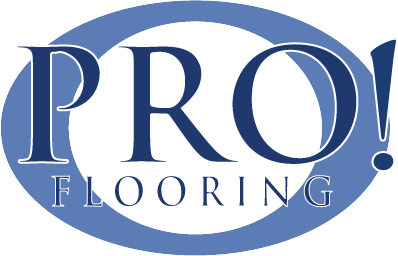
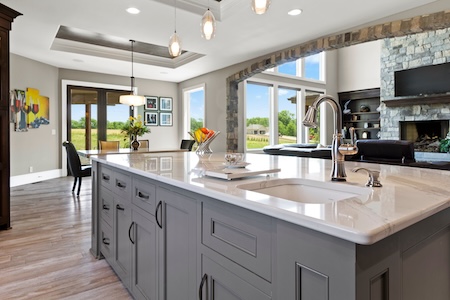 Looking for a quick, do-it-yourself flooring solution? If so, you might wish to consider
Looking for a quick, do-it-yourself flooring solution? If so, you might wish to consider 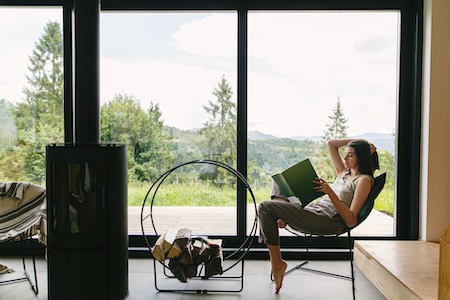 In order to get the flooring materials that will best suit your needs, it starts with understanding the best materials for the job. We suggest paying attention to several things.
In order to get the flooring materials that will best suit your needs, it starts with understanding the best materials for the job. We suggest paying attention to several things. Do you see how these new questions take you in a different direction? Instead of focusing solely on ideas firmly cemented in your mind, it’s allowing you to explore differently. You can look at your current flooring desires, along with other
Do you see how these new questions take you in a different direction? Instead of focusing solely on ideas firmly cemented in your mind, it’s allowing you to explore differently. You can look at your current flooring desires, along with other 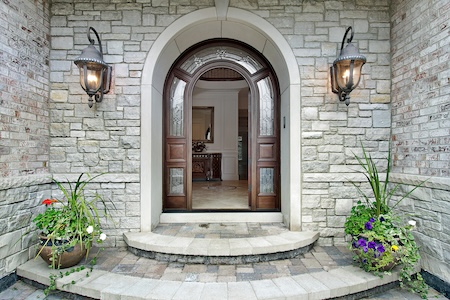 Installing natural stone flooring can increase the resale value of your property. It is considered a premium material that adds a sense of luxury and sophistication, appealing to potential buyers.
Installing natural stone flooring can increase the resale value of your property. It is considered a premium material that adds a sense of luxury and sophistication, appealing to potential buyers.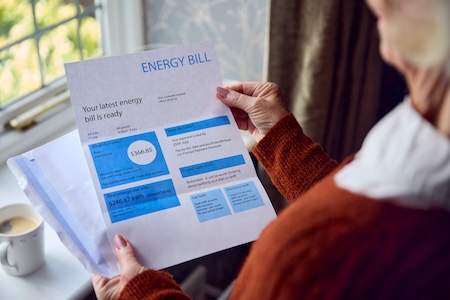 Or maybe it’s about health and safety. Energy-efficient homes often have better ventilation and reduced exposure to outdoor pollutants. That means improved indoor air quality and better health.
Or maybe it’s about health and safety. Energy-efficient homes often have better ventilation and reduced exposure to outdoor pollutants. That means improved indoor air quality and better health.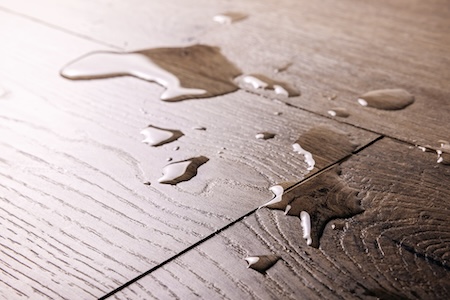 Nothing compares to water damage. Its effects can be both immediate and long-lasting. Even a small amount of water can cause significant problems if it isn’t addressed promptly. Over time, the damage can escalate, leading to costly repairs or even the need for complete flooring replacement.
Nothing compares to water damage. Its effects can be both immediate and long-lasting. Even a small amount of water can cause significant problems if it isn’t addressed promptly. Over time, the damage can escalate, leading to costly repairs or even the need for complete flooring replacement. Pay attention to your lifestyle. Your
Pay attention to your lifestyle. Your 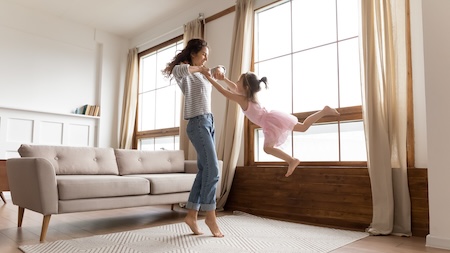 There’s another benefit homeowners often overlook: Investing in noise-reducing flooring can also increase your property’s value. Homes with this feature are often more attractive to buyers, reflecting a modern, thoughtful approach to home design. Additionally, many noise-reducing flooring options are made from durable materials that withstand heavy foot traffic and are easy to maintain, making them a cost-effective choice in the long run.
There’s another benefit homeowners often overlook: Investing in noise-reducing flooring can also increase your property’s value. Homes with this feature are often more attractive to buyers, reflecting a modern, thoughtful approach to home design. Additionally, many noise-reducing flooring options are made from durable materials that withstand heavy foot traffic and are easy to maintain, making them a cost-effective choice in the long run. What’s used more inside your home than any other material? Yep, it’s your flooring. You walk on it. You lie on it. Your kids play games and wrestle on it. You run down the stairs. Your pets gallop round and round. It’s a never-ending process only the toughest of flooring materials can take. Especially in high-traffic areas.
What’s used more inside your home than any other material? Yep, it’s your flooring. You walk on it. You lie on it. Your kids play games and wrestle on it. You run down the stairs. Your pets gallop round and round. It’s a never-ending process only the toughest of flooring materials can take. Especially in high-traffic areas.